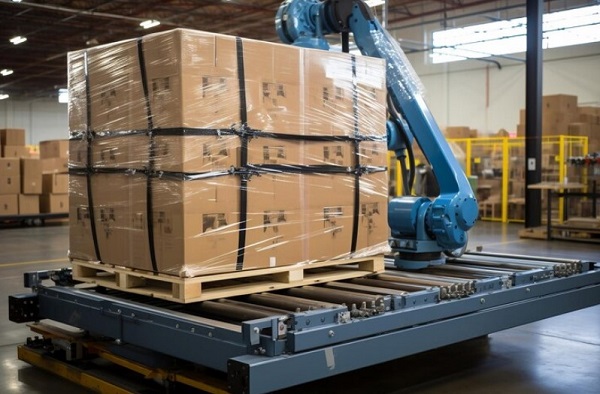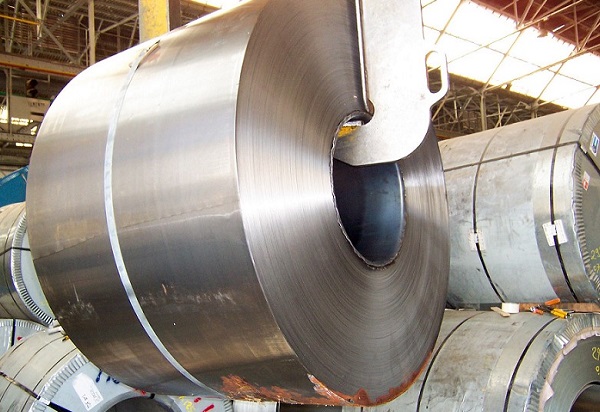Are you trying to make the most of your warehouse space? Are you wondering whether automated material handling is the right choice for you?
Manual labor just won’t cut it anymore. You need to invest in these systems for your warehouse. Once you do, you can reduce operating costs. You also make better use of your warehouse space.
How do you decide whether the automated system is right for your warehouse? Here are the pros and cons that you need to know.
Pros
This offers numerous advantages across various industries and applications. Here are some of the key pros of implementing automated material handling:
Increased Efficiency
They also minimize human error and improve accuracy, leading to reduced downtime and increased output. With the ability to operate 24/7, these material handling systems ensure a constant flow of material.
It can be integrated with other processes to streamline operations and make them more efficient. This leads to faster production and order fulfillment, as well as fewer errors and delays.
Material handling automation can further increase productivity and reduce the need for human labor. If you want to know more, read the news here to stay competitive in a rapidly evolving market.
Enhanced Safety
With this, it can reduce the accidents caused by human error and fatigue. The use of sensors and cameras can give safe movement of heavy materials without the need for human intervention.
It can also detect potential hazards in real time for quick action to prevent accidents. It can also ensure precise movements to eliminate the risk of damage to products and property. This not only enhances safety but also results in cost savings for businesses.

Cons
Automated material handling offers several advantages. However, like any technology, it also has some potential drawbacks and challenges. Here are some cons associated with automated material handling:
High Initial Costs
These costs include purchasing the equipment, installation, and training. This can be a significant barrier for smaller businesses or those with limited budgets.
If the automated system requires any modifications or upgrades, it can incur further expenses. This can make it challenging for companies to justify their investments, especially if their current material handling processes are functioning adequately.
Job Displacement
As more tasks are automated, the need for human workers decreases, leading to layoffs and potential job loss. This not only affects workers in the industry but also in related industries that rely on manual labor.
Due to rising unemployment and limited job prospects, job displacement can lead to economic instability. Manual material handling skills may not transfer well to other industries, posing challenges for displaced workers seeking new jobs.
A Guide to Pros and Cons of Automated Material Handling
Automated material handling has both pros and cons. While it can increase efficiency and productivity, it also comes with a high upfront cost and potential risks like equipment malfunction.
It is important for businesses to carefully weigh the advantages and disadvantages before implementing these systems. Start exploring the possibilities of this for your business today!




